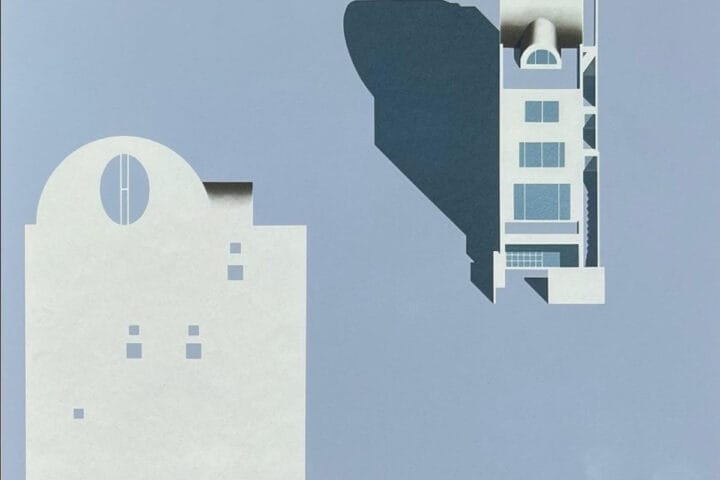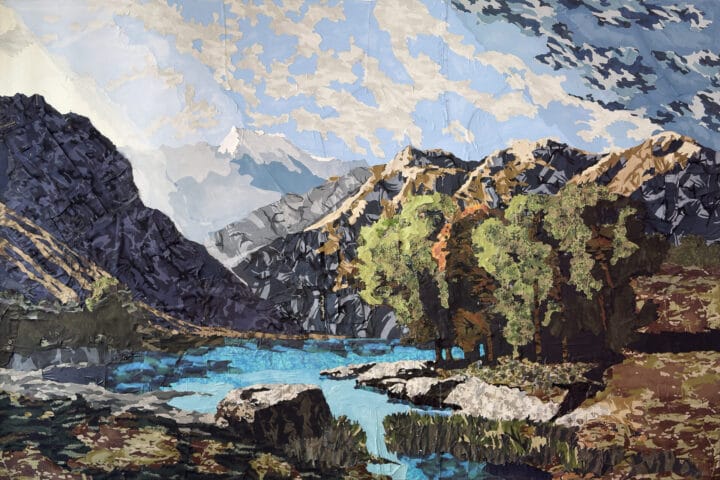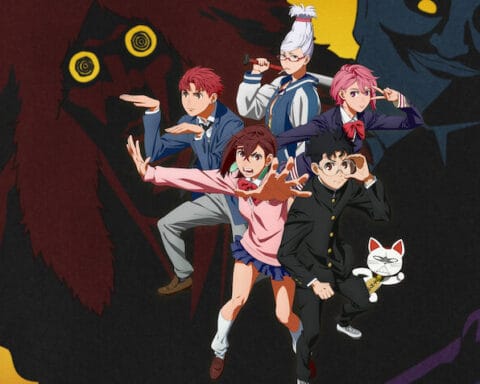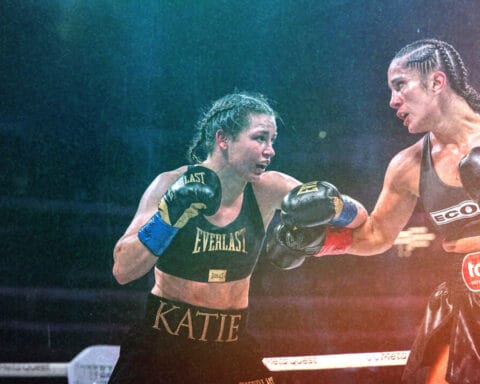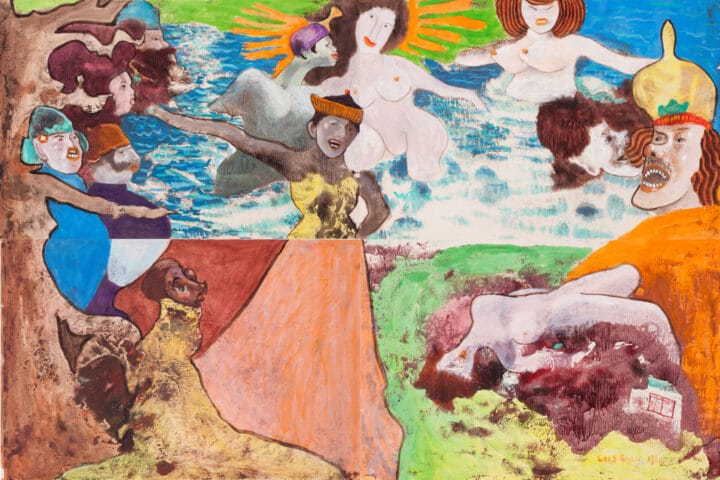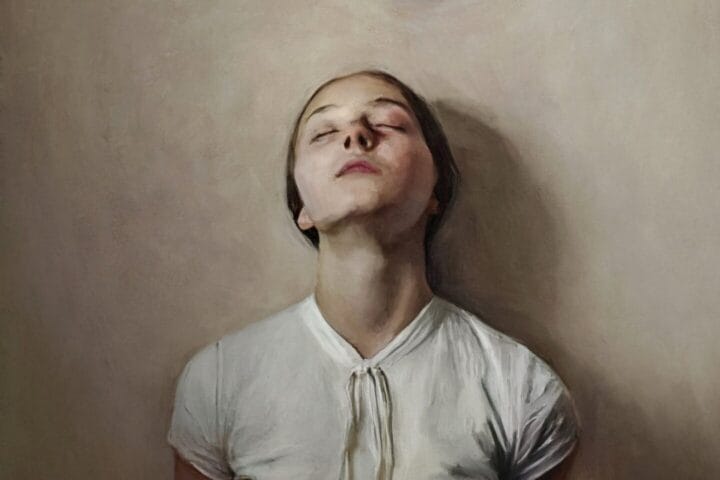Hazlitt Holland-Hibbert and Frankie Rossi Art Projects are pleased to announce an exhibition featuring the works of two of Britain’s leading abstract artists: Patrick Heron (1920-1999) and Victor Pasmore (1908-1998). This presentation revisits their groundbreaking joint exhibition at the VIII São Paulo Biennial in 1965, a pivotal event in the careers of both artists and a significant moment in the international reception of British abstraction beyond the confines of the UK, US, and Europe. In the absence of any photographic records of the original exhibition in Brazil, this reimagining offers an opportunity to experience the historic show anew through several key works that were initially part of the presentation, along with additional important pieces from the same period.
Heron and Pasmore, both of whom were among the most prominent artists working in Britain during that era, were selected by the British Council to represent the UK at South America’s largest art exhibition, which subsequently toured venues in Santiago, Lima, and Caracas over the following two years. Although they had never before exhibited together in a dedicated two-man show, their works collectively embodied a non-representational, formalist vision balanced by natural artistic intuition. Their approaches stood in stark contrast to the highly recognizable Pop Art style that was flourishing in the 1960s, and their expressive brushwork and asymmetry showcased a distinctly European aesthetic, offering a counterpoint to the American-style painting that likely dominated the British Council’s selection committee’s perspective at the time.
Patrick Heron’s works, such as Clear Blues in Green and White: August 1962, reflect his growing preoccupation with achieving intuitive painterly balance rather than strict formal precision. He eschewed rigid lines and symmetry in favor of creating subtle formal and chromatic harmonies. Meanwhile, Victor Pasmore’s works, exemplified by pieces like Brown Development No. 3 (1964), feature gestural brushwork and suggestions of organic forms that reveal an underlying sensualism within his rigorously abstract practice.
The pieces exhibited by both artists at the Biennial were indicative of the future directions their practices would take. For instance, Heron presented fifteen of his most recent paintings from the years 1962 to 1964, which employed color as the primary compositional element. In works such as Big Red Horizontal with Ultramarine: 1964, he created vibrant ‘color-shapes’ loosely juxtaposed on the canvas. These works foreshadowed the increasingly complex forms that would emerge in his paintings later in the 1960s and into the 1970s, as Heron sought to explore the spatial possibilities within color.
Victor Pasmore, on the other hand, contributed thirty-one works encompassing both painting and three-dimensional constructions, dating from 1957 to 1965. This exhibition represented the zenith of his mixed-media approach, utilizing unconventional materials such as spray paint, collage, and Perspex to create his unique abstract style. Works like Abstract in Black, White and Mahogany (1965-66) highlight his return to painting within his constructed reliefs, which would dominate his practice from that point forward, emphasizing the interplay between clear structural organization and linear outlines.
Hazlitt Holland-Hibbert and Frankie Rossi Art Projects have curated a selection of works from the original show to create a retrospective time capsule of this career-defining moment for both Pasmore and Heron. By revisiting their abstractions that transcended geographical boundaries, the exhibition offers a unique insight into the practices of two of the most innovative modern British artists during a period when their work was in remarkable harmony.
Accompanying the exhibition will be a catalogue featuring two essays by Herbert Read and Alan Bowness from the original Biennial catalogue, as well as a new essay by Chris Stephens, the Director of the Holburne Museum.


